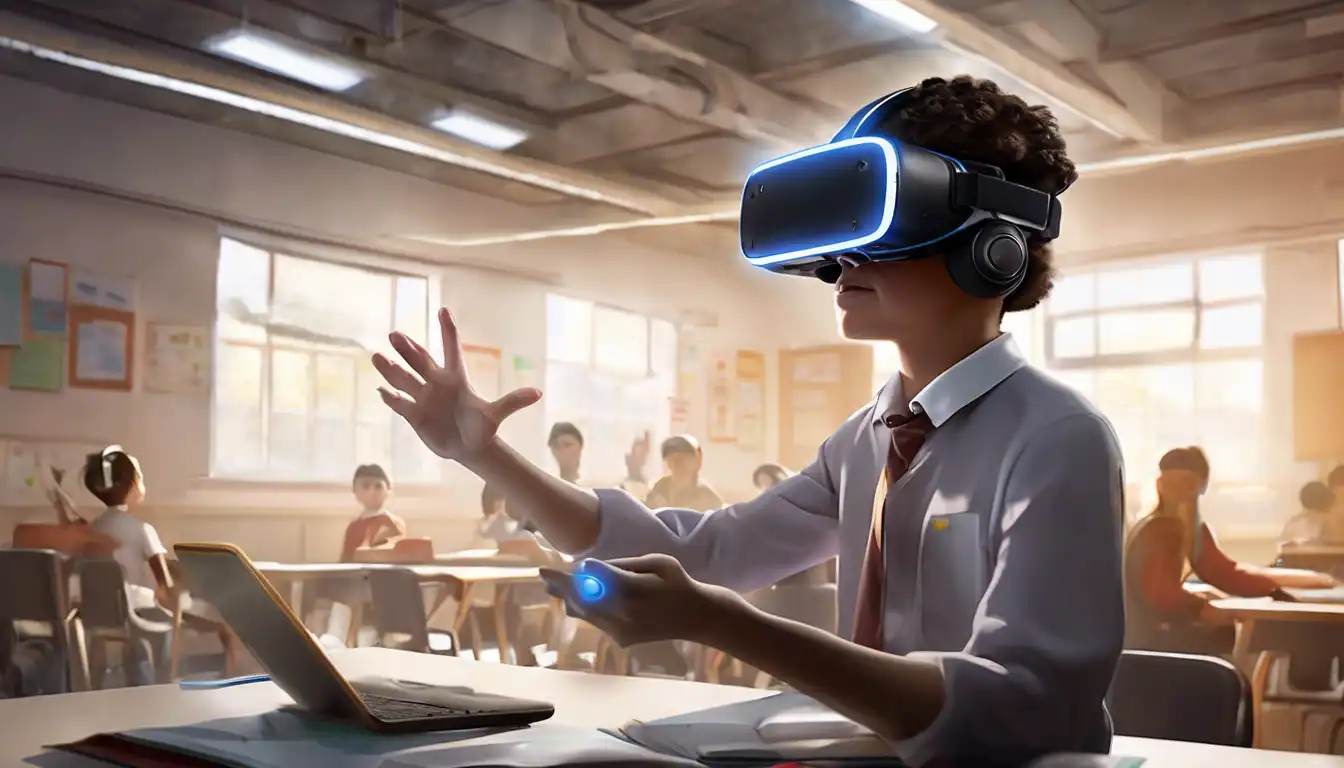The Transformative Impact of Virtual Reality on Learning and Skill Development
Virtual Reality (VR) technology has rapidly evolved from a futuristic concept into a practical tool with the potential to revolutionize education and training. By creating immersive, interactive environments, VR offers unparalleled opportunities for experiential learning, making it a game-changer in how knowledge is acquired and skills are developed.
Why VR in Education?
VR in education transcends traditional learning boundaries, offering students and trainees a hands-on experience without the physical constraints of the real world. From virtual field trips to historical sites to immersive science experiments, VR makes learning more engaging and effective. Studies have shown that VR can significantly improve retention rates by providing learners with a memorable, interactive experience.
VR in Professional Training
Beyond the classroom, VR is transforming professional training across various industries. For instance, medical students can perform virtual surgeries, allowing them to practice and hone their skills without risk to patients. Similarly, VR is used in aviation for flight simulations, providing pilots with realistic training scenarios. This not only enhances learning outcomes but also reduces training costs and risks.
Challenges and Opportunities
Despite its potential, the adoption of VR in education and training faces challenges, including high costs and the need for technical expertise. However, as technology advances and becomes more accessible, these barriers are gradually being overcome. The future of VR in education and training looks promising, with ongoing innovations expanding its applications and effectiveness.
Getting Started with VR in Your Institution
For educators and trainers interested in integrating VR, starting small is key. Begin with pilot programs to assess the technology's impact and scalability. Partnering with VR content providers can also ease the transition, offering ready-made solutions tailored to educational needs. As VR technology continues to evolve, staying informed about the latest developments will be crucial for maximizing its benefits.
In conclusion, VR holds immense potential to transform education and training by making learning more immersive, interactive, and effective. While challenges remain, the opportunities for enhancing how we learn and train are too significant to ignore. As we move forward, embracing VR technology will be essential for institutions aiming to stay at the forefront of educational innovation.
